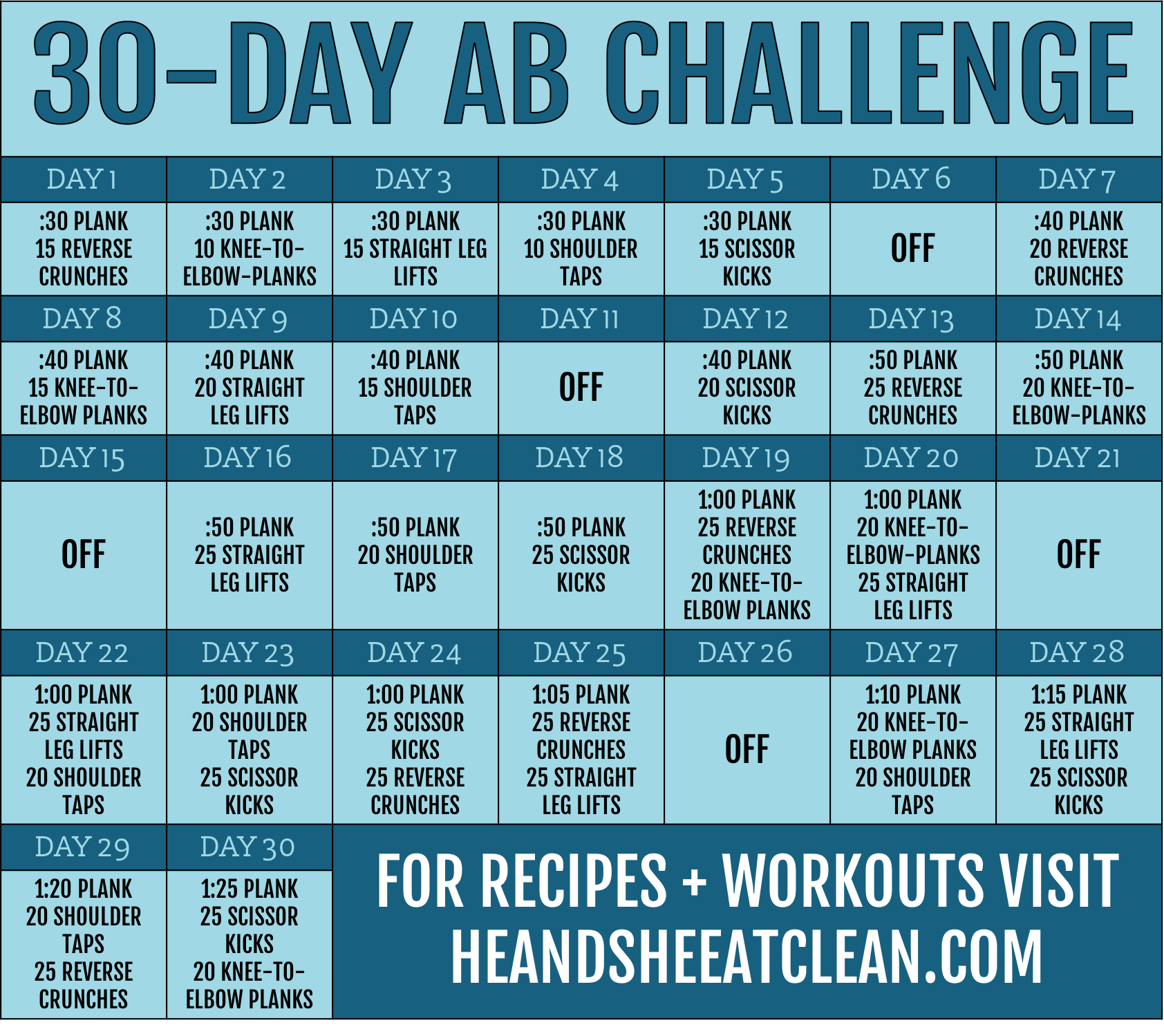We are going to assume that since you are here you want a healthy, lean body. In order to achieve that you must EAT! Knowing that we eat 5-6 times per day you have probably realized that we eat a lot of food! For some reason our society thinks that you need to restrict calories. You NEED to eat. You NEED calories. Don't obsess over the number of calories - pay attention to the quality of the food! It's true...you might lose weight initially by restricting your calories but you will wreak havoc on your metabolism and that is a long road to recovery!
It is okay that you don't know everything about nutrition (neither do we!) - unfortunately it is not a widely taught subject. We mentioned in our previous post "Clean Eating: How Much Should You Eat?", that we do not count calories or macros on a normal basis (only when preparing for a special event). There are a few reasons for this and they are that counting everything can become very time consuming and obsessive plus we tend to eat the same things so there really isn't a need to count the same foods each day!
What is a calorie?
CALORIE (according to Merriam-Webster)
cal·o·rie (noun) : a unit of heat used to indicate the amount of energy that foods will produce in the human body
Most clean diets consist of a balance of lean protein, complex carbohydrates, and healthy fats. If you eat the correct proportions of each you will be on your way to a healthy lifestyle and you will probably notice you have a ton of energy (and I bet your cravings will go away!).
The chart below shows you how many calories are in a gram of each "source".
If you are new to the clean eating lifestyle, check out our "Start Here" page and read our "Getting Started with Clean Eating" post as it will give you more information on the overall lifestyle. We also have eBooks on Getting Started with Clean Eating and Food Prep to get you started or to continue your journey. If you are looking for a workout plan to get you headed in the right direction you can get started with our She Sweats 12-Week Transformation and then once you are ready move onto the She Sweats Extreme 4-Week Shred.
- The Gang






![#ProgressIsPerfection [3 Simple Ideas to Reach Your Goals]](https://images.squarespace-cdn.com/content/v1/555c964fe4b07d15252a8927/1520969172984-7HDOHI6ZRM0PCZCZ7O67/progress-is-perfection-silk-he-and-she-eat-clean2.jpg)



























